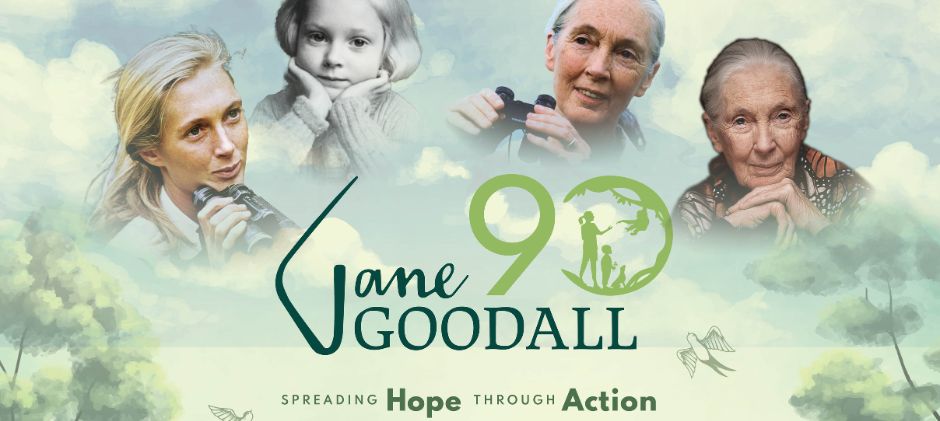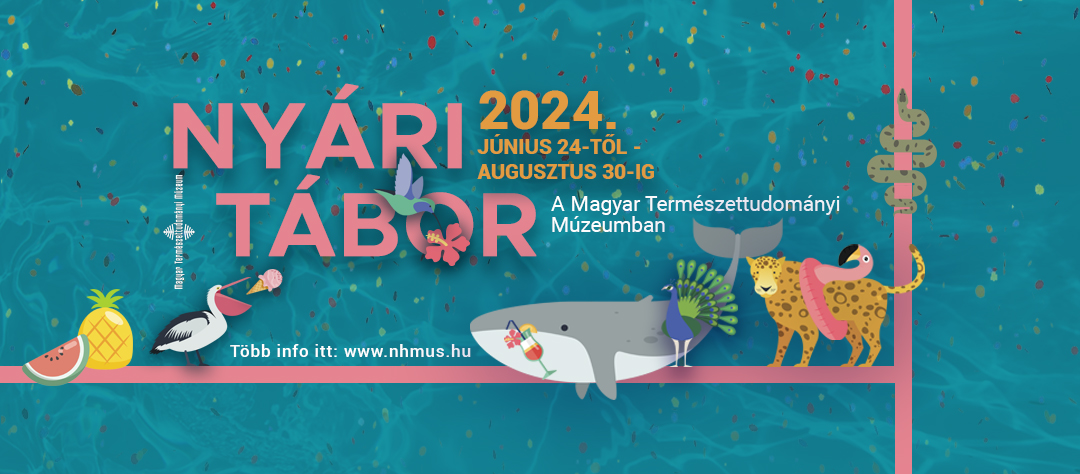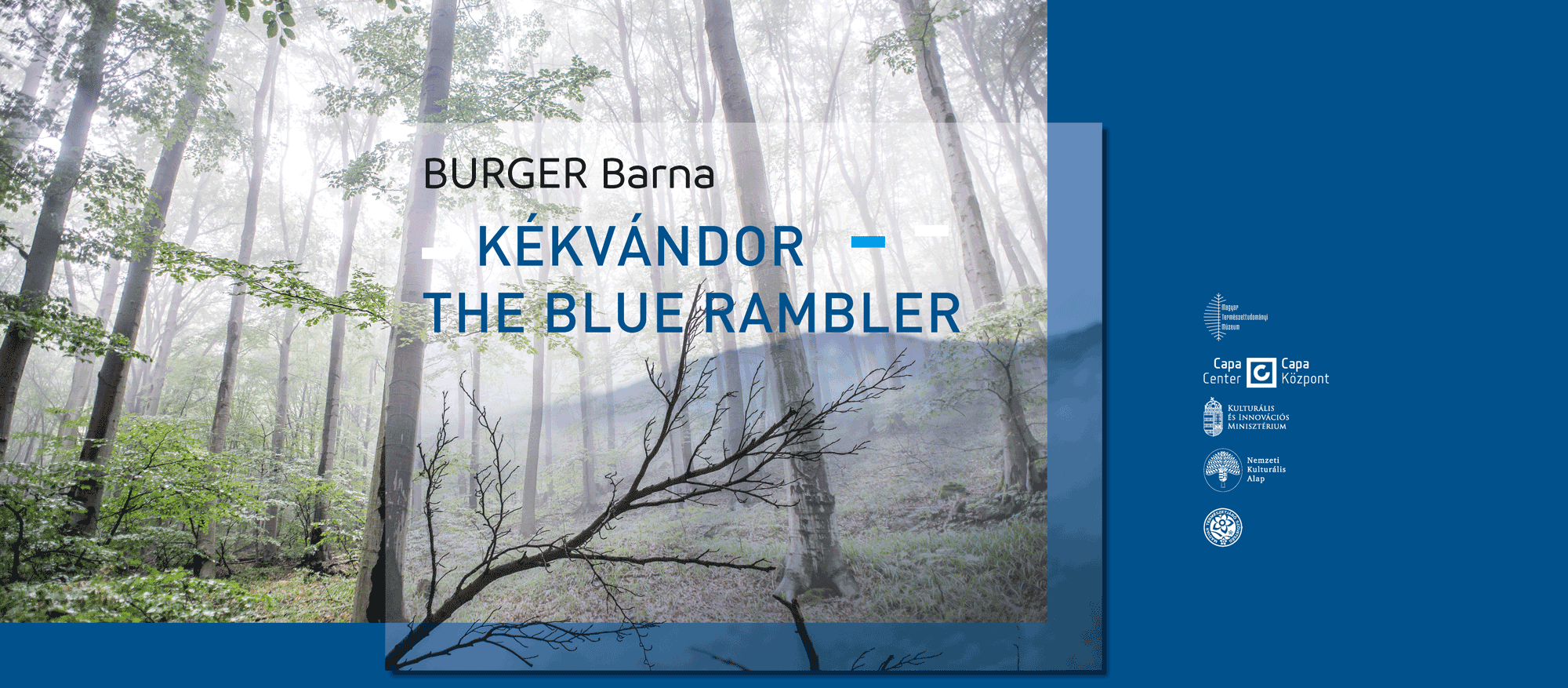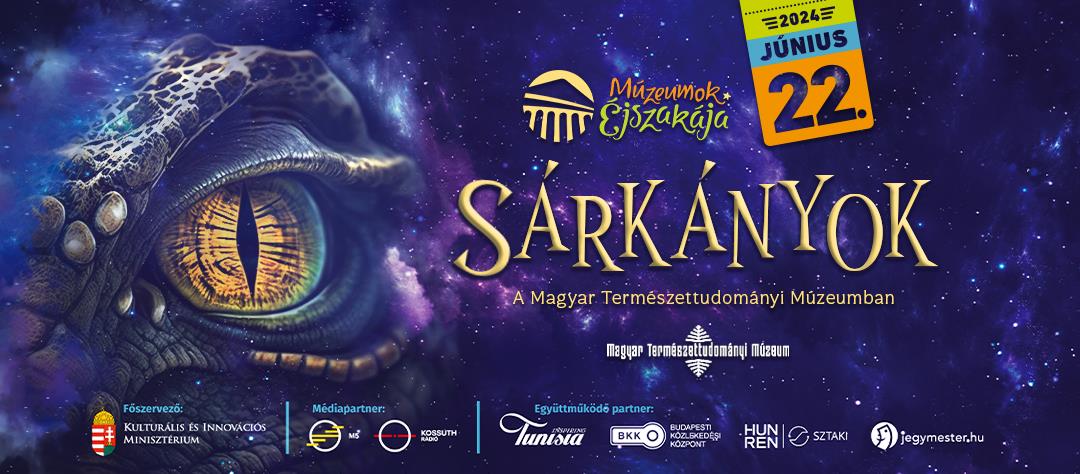Historical collection of the Carpathian Basin
Although most of plecoptera specimens were destroyed in the fire of the revolution in 1956, we still preserve pinned specimens of some highly assumed extinct river inhabited (potamal) species such as Taeniopteryx araneoides or Oemopteryx loewii.
The collection of Béla Kis (XXXX–XXXX)
The entire collection originated in Romania, however, our materials represent nearly all Carpathian plecoptera including types species of most Carpathian endemics. Although we do not have any holotypes, we possess almost all of the paratypes of the specimens that were described by Béla Kiss.
Due to the collecting works of the last decade, our on -growing Balkans material possesses three quaters of the taxa, including freshly described holotypes as well as a large number of formerly defined topotypes. Albania is by far the most represented country followed by Greece and Montenegro, but this collection also holds a certain amount of specimens from all of the remaining countries of the area.
The Korean collection
This relatively small, but important collection holds a large amount of types and many rarities from North Korea, from a country where collecting activities have been prohibited for a long time. As we also have new materials from South Korea, the collection contains more than half of the already known specimens from the Korean Peninsula.
The Mongolian specimens, collected by Zoltán Kaszab in the sixties, were the basis of the first systematic review of Mongolian stoneflies written by Raušer in 1968. His collections were also used for many further studies of Central Asian stoneflies. In addition to the type-species, the Mongolian materials includes types of three genera (Mesocapnia, Arcynopterygoides (=Skwala), Kaszabia).
The Nearctic collection
The base of this small collection is a representative set of all but one genera of Nearctic stoneflies donated by Richard W. Baumann in 2011. It has been completed by our own recently collected material, mainly from Utah and California.
The Oriental collection
The majority of this increasing collection (since the 1980s) has been processed to genus level only, however, a few new species were already described during the last years. The biggest part of this collection stems from Vietnam, but we hold a smaller series from Cambodia, India, Indonesia, Laos, Malaysia, Nepal, Pakistan, Taiwan and Thailand as well.
The West African material
This collection consists of the African Neoperla, originated from Congo and Ghana. It was gathered in the 1960s and processed by Hynes and Zwick.



